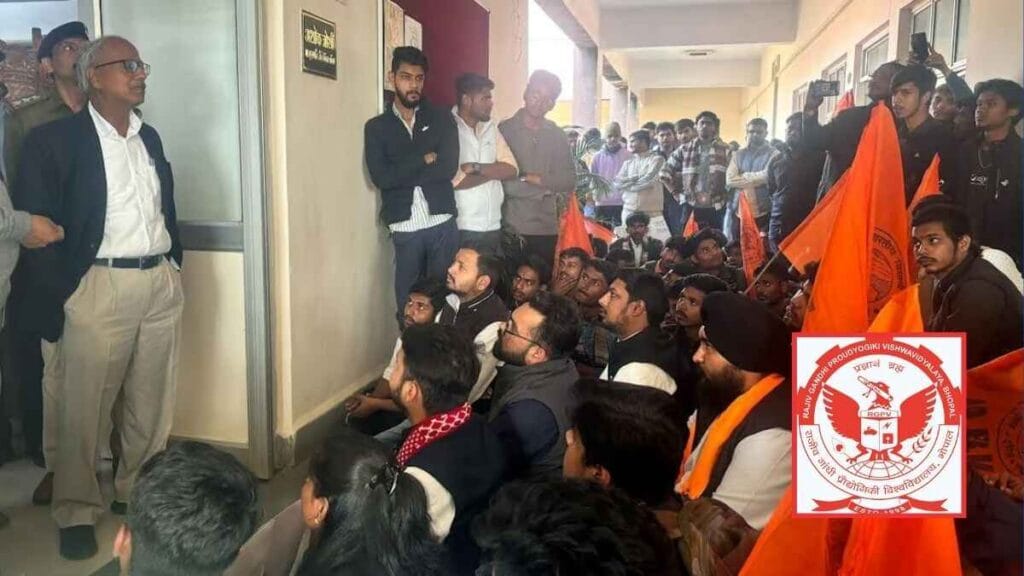Dr Chidambaram Visionary Scientist Behind India’s Nuclear Triumphs
Rajagopala Chidambaram, one of India’s most celebrated scientists, left an indelible mark on the nation’s scientific and technological advancement. Known for his pivotal role in India’s nuclear tests, including the 1974 “Smiling Buddha” and 1998 Pokhran-II, Chidambaram’s work secured India’s position as a global nuclear power.
Born in 1936 and passing away on January 4, 2025, at the age of 88, Chidambaram’s legacy spans decades of groundbreaking contributions to science, technology, and defense. Let’s explore his journey, achievements, and enduring impact on India’s development.
Early Life and Education: Building a Scientific Foundation
Rajagopala Chidambaram was born in 1936 into an academically inclined family. His passion for science emerged early, leading him to pursue higher education at some of India’s most prestigious institutions.
- Presidency College, Chennai: Chidambaram earned his undergraduate degree here, establishing his foundation in physics and mathematics.
- Indian Institute of Science (IISc), Bengaluru: At IISc, he honed his expertise in nuclear physics, laying the groundwork for his future contributions to India’s nuclear program.
- Ph.D. in Physics: Chidambaram further advanced his knowledge, specializing in high-pressure physics and crystallography.
His academic brilliance propelled him into the scientific elite, enabling him to lead critical projects that defined India’s technological landscape.
Operation Smiling Buddha (1974)
Chidambaram was instrumental in planning and executing India’s first nuclear test, codenamed “Smiling Buddha,” on May 18, 1974. This historic test at Pokhran marked India’s entry into the exclusive club of nuclear-capable nations.
- Strategic Impact: It demonstrated India’s scientific and technological prowess on a global scale.
- Global Reaction: Despite international criticism and sanctions, Chidambaram’s leadership ensured India’s sovereignty in nuclear capabilities.
Pokhran-II Tests (1998)
Chidambaram’s role extended to the second series of nuclear tests, Pokhran-II, conducted in May 1998. These tests solidified India’s status as a nuclear power and emphasized self-reliance in defense.
- Technological Advancements: Chidambaram’s expertise enabled the development of more advanced and sophisticated nuclear weapons.
- Political Impact: The tests reinforced India’s strategic defense policies and its stand on non-proliferation.
His contributions during these landmark events established him as the architect of India’s nuclear defense framework.
Distinguished Career in Science and Technology
Chidambaram’s career extended beyond nuclear tests, encompassing leadership roles in scientific organizations and government advisory positions.
Key Positions Held
- Director, Bhabha Atomic Research Centre (1990-1993): He led pioneering research in atomic energy and defense technology.
- Secretary, Department of Atomic Energy (1993-2000): His tenure focused on advancing nuclear energy programs and infrastructure.
- Principal Scientific Adviser to the Government of India (2001-2018): Chidambaram provided strategic insights into national scientific policies and technological innovations.
Contributions Beyond Nuclear Science
- Supercomputers: He was instrumental in developing India’s indigenous supercomputers, ensuring technological independence.
- National Knowledge Network: He spearheaded this initiative to connect educational and research institutions digitally.
- Healthcare and Energy Projects: His efforts extended to improving energy efficiency and healthcare technologies.
Scientific Research and Innovations
Chidambaram’s work extended across multiple scientific fields, influencing generations of researchers and scientists.
Key Areas of Research
- High-Pressure Physics: His studies advanced the understanding of materials under extreme conditions.
- Crystallography: Chidambaram’s research contributed to the development of new materials for scientific and industrial applications.
- Materials Science: He laid the foundation for modern materials research in India, aiding innovations in defense and industry.
Publications and International Recognition
Chidambaram authored numerous research papers and publications that continue to guide scientific studies. His international collaborations emphasized India’s role as a contributor to global scientific advancements.
Awards and Recognitions: Celebrating Excellence
Rajagopala Chidambaram’s contributions earned him several accolades, recognizing his role as a scientific pioneer.
- Padma Shri (1975): Awarded shortly after the success of “Smiling Buddha.”
- Padma Vibhushan (1999): Honored for his contributions to the 1998 Pokhran-II tests.
- Honorary Doctorates: Recognized by premier universities globally.
- IAEA Board of Governors Chairman (1994-1995): His leadership was acknowledged internationally.
These honors reflect his stature as one of the world’s most influential scientists.
Legacy: A Visionary Leader in Science and Technology
Chidambaram’s legacy is more than his role in nuclear tests. It includes his vision for scientific self-reliance, technological innovation, and national security.
- Mentorship: He inspired generations of scientists, fostering a culture of research and development.
- Strategic Influence: His policies and strategies continue to shape India’s scientific growth.
- Global Recognition: Chidambaram’s work placed India on the map as a leader in nuclear technology.
Rajagopala Chidambaram’s life and work epitomize scientific excellence and national service. His contributions to India’s nuclear program, technological development, and global scientific standing remain unparalleled.
As we honor his memory, his legacy continues to inspire innovation, self-reliance, and scientific progress. From revolutionizing nuclear defense to advancing materials science, Chidambaram’s vision has left a lasting impact on India’s journey as a global power.
FAQs
What is Rajagopala Chidambaram best known for?
Rajagopala Chidambaram is best known for leading India’s first nuclear test, “Smiling Buddha” (1974), and the Pokhran-II tests (1998).
What awards did Rajagopala Chidambaram receive?
He received the Padma Shri in 1975 and the Padma Vibhushan in 1999, among several other honors.
How did Chidambaram contribute to scientific research?
His research in high-pressure physics, crystallography, and materials science laid the foundation for modern innovations in India.
What was his role in government advisory positions?
Chidambaram served as the Principal Scientific Adviser to the Government of India and Secretary of the Atomic Energy Commission.
What is his legacy in India’s nuclear program?
Chidambaram’s leadership established India as a nuclear power, ensuring strategic defense and technological self-reliance.

ABVP Protests at RGPV Over Sports Complex Irregularities
RGPV Sports Complex Scam: ABVP Demands Action in 6 Days Bhopal (Madhya Pradesh): Akhil Bharatiya Vidyarthi Parishad (ABVP) staged a protest at Rajiv Gandhi Proudyogiki Vishwavidyalaya (RGPV) on Monday, accusing the administration of massive financial irregularities in the construction of the university’s sports complex. The protestors claimed that despite spending crores of rupees over the …
RGPV PhD Admission 2024-25: ਆਨਲਾਈਨ ਅਰਜ਼ੀ 10 ਜਨਵਰੀ ਤੱਕ

